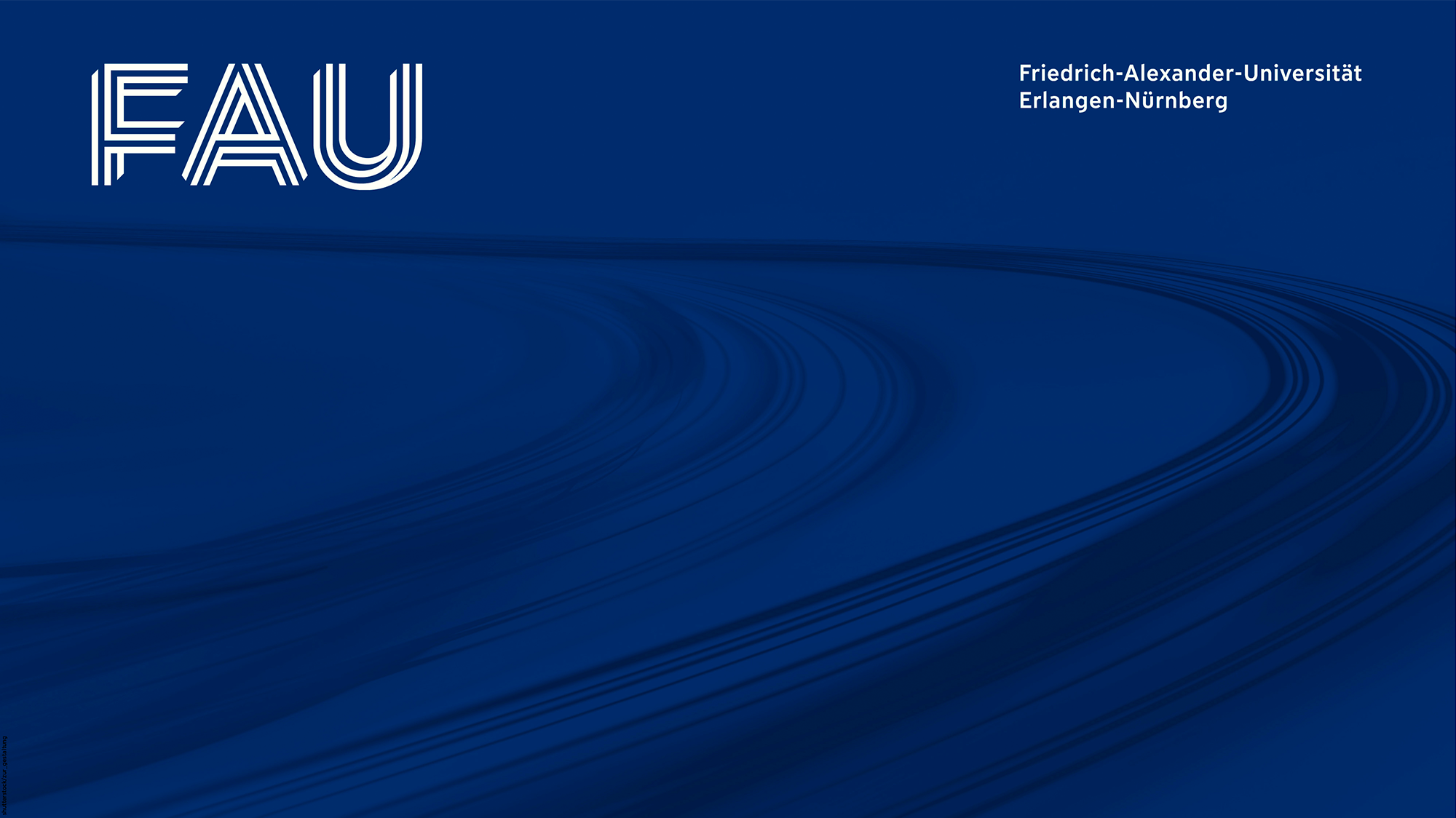- Inhalt
- Understanding road scenes and creating maps from urban environments is a challenging task in Computer Vision. It is used in self-driving cars, robotics and assistive navigation systems for blind or visually impaired pedestrians. The topic of this seminar will be to build a software tools that will enable the creation of a navigation assistant for the blind and visually impaired. In particular the following issues will be addressed:
1. Define the hardware resources (e.g. computational resources, camera/cell phone, TOF/Lidar/focal length, sensors, ...)
2. Set up a web-based collaborative labeling environment using crowd-based labeling tools (e.g. EXACT (https://github.com/ChristianMarzahl/Exact))
3. define guidelines for crowdsourced labeling
4. Define use cases (face recognition, license plates) for managing and anonymizing the data.
The aim of this project seminar is to build tools that will enable preparation of data, e.g. image segmentation of roads, sidewalks and obstacles, etc. In a second step, the data should be ready for the creation of maps and respective annotations from the scenes so it can be used building for an assistive navigation system for blind or visually impaired pedestrians. - Empfohlene Literatur
-
- J. C. Chang, S. Amershi, E. Kamar, Revolt: Collaborative Crowdsourcing for Labeling Machine Learning Datasets, CHI 2017, Denver, CO, USA, May 6-11, 2017, http://library.usc.edu.ph/ACM/CHI%202017/1proc/p2334.pdf
-
Oana Inel, Khalid Khamkham, Tatiana Cristea et al., CrowdTruth: Machine-Human Computation Framework for Harnessing Disagreement in Gathering Annotated Data, International Semantic Web Conference, ISWC 2014: The Semantic Web - ISWC 2014, pp 486 504, https://link.springer.com/chapter/10.1007/978-3-319-11915-1_31
-
Brody Huval, Tao Wang, Sameep Tandon et al., An Empirical Evaluation of Deep Learning on Highway Driving, Cornell University, Apr. 7, 2015, https://arxiv.org/abs/1504.01716
-
Joel Pazhayampallil, Free Space Detection with Deep Nets for Autonomous Driving, http://cs231n.stanford.edu/reports/2015/pdfs/jpazhaya_final.pdf
Project Seminar - Road Scene Understanding for the Visually Impaired - WS 2021/22 /KursID:2749
- Letzter Beitrag vom 2021-10-22
Zugehörige Einzelbeiträge
Folge
Titel
Lehrende(r)
Aktualisiert
Zugang
Dauer
Medien
1
Project Seminar - Road Scene Understanding for the Visually Impaired - Introduction & Summary of Last Semester's Project
Prof. Dr. Andreas Maier
2021-10-22
IdM-Anmeldung
00:18:21
Folien
captions
Mehr Kurse von Prof. Dr. Andreas Maier

Prof. Dr. Andreas Maier
Vorlesung
2016-11-08
Studon

Prof. Dr. Andreas Maier
Vorlesung
2021-08-31
Studon

Prof. Dr. Andreas Maier
Vorlesung
2022-07-28
IdM-Anmeldung / Passwort

Prof. Dr. Andreas Maier
2021-04-24
IdM-Anmeldung

Prof. Dr. Andreas Maier
Vorlesung
2017-07-07
Studon
